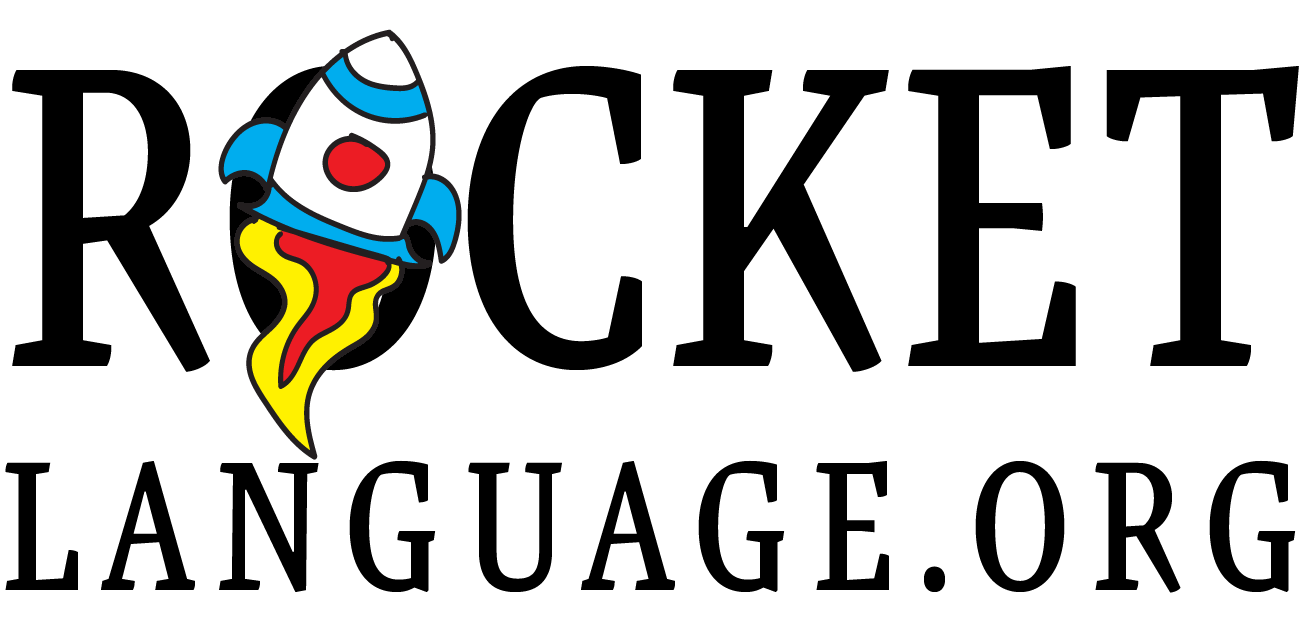Single Point Rubrics
Moving Away from Analytic Rubrics
The Single Point Rubrics (Gonzalez, 2015) (Gonzalez, 2014) hold promise for measuring performance in World Language. This style of rubric hopes to simplify the analytic rubric where the performance criteria get lost in the densely packed text that includes descriptions of mediocre performances. (Do we really want students reaching for second-rate performance?) Students get lost just trying to figure out what they are supposed to do.
Single Point Rubrics
“Instead of detailing all the different ways that an assignment deviates from the target, the single-point rubric simply describes the target” (Gonzalez, 2014) On each side of the rubric is an area for feedback and the other side for bright spots (Nolan, 2018). The Ohio Department of Education has examples designed for proficiency targets. (“Proficiency and Research-Based Proficiency Targets | Ohio Department of Education,” 2015)
Can Do Statements
The can-do statements allow us to describe a target – large or small – of student performance ((ACTFL) & (NCSSFL), 2017). ACTFL’s Performance Indicators chart a path at the macro level to proficiency. Can Do statements don’t require nuanced evaluation. Over time, the can-do statements help build a profile of performance (Haxhi, Bott, & Houten, 2017).
Sample Rubric with feedback on conversation below.
Feedback
The Can-Do Targets are holistic. Students will surprise the teacher with engaging communication that they could not have even envisioned. Feedback can be limited to areas where students have conscious control. Conjugating verbs precisely in real time is handled by the subconscious, so it would be insanely frustrating for the student to try to control it consciously. As students emerge in to intermediate, there language gets even more “messy” as they try to cobble together sentences. This is progress in proficiency.
Culturally Responsive Teaching
This rubric weaves students’ home cultures and interculturality into the communication as students exchange real information about their home cultures. In our highly diverse classes, this creates an authentic context for communication. It will also help deepen the relationships among students and with the teacher.
Grading?
For once, I would like to focus on language acquisition rather than grades. Students can continue to create a profile of their language learning based on authentic feedback. The bright spots allow students to leverage their skill strengths. In my class, students who are on target with their growth will get an A. Students who are not on target will get a phone call home and extra support during tutorial. (O’Connor, 2017)
Citations
(ACTFL), & (NCSSFL). (2017). NCSSFL-ACTFL Can-Do Statements 2.0. Retrieved from https://www.actfl.org/sites/default/files/CanDos/Intercultural Can-Do_Statements.pdf
Gonzalez, J. (2014). Your Rubric Is a Hot Mess; Here’s How to Fix It. – Brilliant or Insane. Retrieved August 24, 2018, from http://www.brilliant-insane.com/2014/10/single-point-rubric.html
Gonzalez, J. (2015). Meet the #SinglePointRubric | Cult of Pedagogy. Retrieved August 24, 2018, from https://www.cultofpedagogy.com/single-point-rubric/
Haxhi, J., Bott, J., & Houten, V. (2017). Using the Newly Revised Can-Do Statements to Make Learning Transparent. The Language Educator, August/September. Retrieved from https://www.actfl.org/sites/default/files/tle/TLE_AugSept17_Article.pdf
Nolan, J. (2018). The Single-Point Mastery Rubric « Competency Works. Retrieved August 24, 2018, from https://www.competencyworks.org/resources/the-single-point-mastery-rubric/
O’Connor, K. (2017). How to grade for learning : linking grades to standards. Retrieved from https://www.amazon.com/How-Grade-Learning-Linking-Standards-ebook/dp/B076CN6HW3/ref=mt_kindle?_encoding=UTF8&me=
Proficiency and Research-Based Proficiency Targets | Ohio Department of Education. (2015). Retrieved January 3, 2016, from http://education.ohio.gov/Topics/Ohios-Learning-Standards/Foreign-Language/World-Languages-Model-Curriculum/World-Languages-Model-Curriculum-Framework/Introduction-to-Learning-Standards/Proficiency-and-Research-Based-Proficiency-Targets
